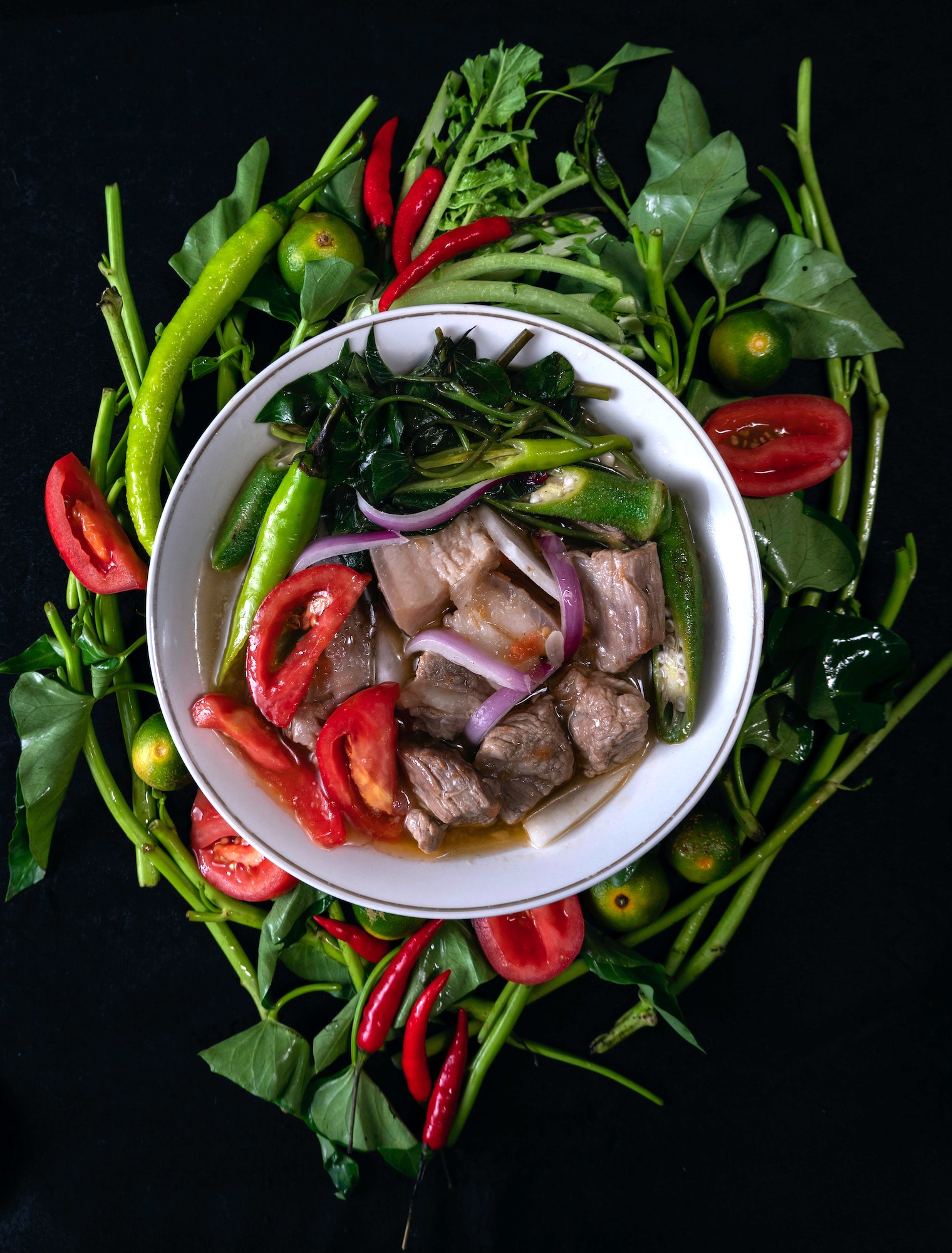Zomato, the nifty restaurant search and discovery platform that launched in the Philippines in 2013, offers users a calculated peek into places to eat before setting foot inside a restaurant—or even outside their own homes. What Zomato also happens to have is a goldmine of valuable data about the market’s eating behavior.
“Filipinos have the habit of researching about a restaurant before actually eating there. In fact, a lot of our reviewers would actually say that they go there because they have read a review about it,” says former country manager Anton Ojeda.
At a time when Filipino cuisine is slowly gaining traction, profiling the Filipino diner isn’t simply an issue for the foodservice industry. It has other merits, too. For the consumer-controlled marketplace, determining the face or, more appropriately, the palate of the Filipino diner encourages expansion schemes and advertising campaigns.
The challenge brands encounter now is how to attract the budding affluence of consumers with shape-shifting demands. And while the answers may be as elusive as the problem, at least for now, industry insiders all agree on one thing: You would be hard-pressed to pigeonhole the Filipino diner into a single established character.
“The Filipino diner has a continuous evolving palate due to the accessibility of ingredients from all over the world, the easy and affordable means of traveling outside the country where we are able to experience new flavors and ingredients, and also with restaurant concepts and chains from all over the world being brought here,” says 22 Jupiter executive chef Marco Legasto.
“Price is the single greatest determining factor of what a person decides to eat. People eat what they can afford,” says J Gamboa.
J Gamboa, executive chef of Cirkulo, Milkyway, Azuthai and Tsukiji Restaurants and president of LTB Chefs Association Philippines shares his thoughts on the existing type of Filipino diner now that more businesses are finding a welcome niche in the country. “They know what they want and how they want to be served, depending on the style of the restaurant and cuisine,” says Gamboa. “They are open to new experiences and flavors but still keep their favorite dishes at arm’s reach.”
Openness to new things yet reverting to the familiar seems suitable to the younger generation that is now making up the lion’s share of the 100+ million population. Statistics suggest that over 50 percent of the populace range from 0 to 29 years old, with a median age of 23.4. This parameter denotes an indication of age distribution (half are older while the other half is younger) but it also highlights the crucial role socio-demographics play in specifying market shifts, and subsequently the changes occurring among Filipino diners.
“Depending on which generation we are scoping out as the subjects,” says Legasto, “the older generation already has set things and flavors on their mind. They have an inkling of what they already want and expect, whereas the younger generation are into trying new things and base their expectations on previous experiences of other people that they read up on or see on social media.”

Different generations have different tastes. But the fact that the population is getting younger is pushing the boundaries of Filipinos’ eating habits. Younger Filipinos are not only helping drive long-term economic status and availability of better food choices, but accessibility to these options as well.
“Delivery is a growing trend,” says Ojeda. “In fact, four in every seven Zomato users look for restaurants where they get delivery rather than a place where they can dine in. This could be a reflection of the Filipino diner wanting something more valuable. They’re not just looking at fast food for delivery; they want legit cuisines, good food and top options. The Filipino diner is generally becoming more gastro-centric when it comes to food options.”

Majority of Zomato’s two million users a month range between 18 to 34 years old, with women comprising 70 percent. Ojeda discloses that around 60 percent of traffic in Manila comes from smartphones, but that interesting behaviors in the capital have also led to equally fascinating findings. “The most searched for cuisine in Quezon City, Pasay and Makati City is Korean while majority of the people in Manila and Marikina City look for Japanese.” Buffets are especially popular too among Zomato users. “Out of the 30 weekly trending restaurants, at least five buffet places would always be in the upper half of the list.”
While it’s unclear whether a changing of the guards will occur anytime soon, the dining scene here is increasingly peppered with new enterprises that integrate into the social fabric. The Philippines’ culinary identity is finding a balance between the traditional and the modern. That may probably explain why the Filipino diner is an elusive creature.
Another concomitant factor that rears its head when one plays the generation card is price. “It is the single greatest determining factor of what a person decides to eat. People eat what they can afford,” says Gamboa. Brooklyn’s New York Pizza’s managing director Johan Sy lays out the veracity of this critical element: “Younger kids would usually eat at fast food chains because they are on a budget and in a hurry. The adults would usually go for casual or fine dining because they prefer the experience and have the budget to spare.”
“Flexibility defines our identity as diners. And the range of variety of regional cuisines could possibly have contributed to this,” says Johan Sy. And J Gamboa agrees: “The Filipino diner is exactly that: a sum of all our cultural experiences.”
And that presents a problem: There is a great, gulf-like gap on how appetites are satisfied based on disposable income alone. The more purchasing power you have, the broader your selections are and the more discriminating your tastes become. One individual cannot speak for an entire nation’s palate. It, however, represents a slice of it in the same way that regional cuisines form part and parcel of what makes Filipino cuisine truly Filipino.
“Flexibility defines our identity as diners. And the range of variety of regional cuisines could possibly have contributed to this,” says Sy. Gamboa agrees. “The Filipino diner is exactly that: a sum of all our cultural experiences.”
Beyond arguments of class and customs, sharing new experiences and making connections resonate more as the things that give definition to an otherwise enigmatic—but not unidentifiable—dining profile. Due to Filipinos’ varied preferences, local palates are afforded a luxury that befits its food culture: a taste for transcending culinary confines. Gradually, the throng of international franchises and homegrown restaurants will move away from the idea that Filipinos have surprisingly perceptive tastes, and into an acknowledgement that Filipinos have perceptive tastes, period.
Originally published in F&B Report May-June 2015





